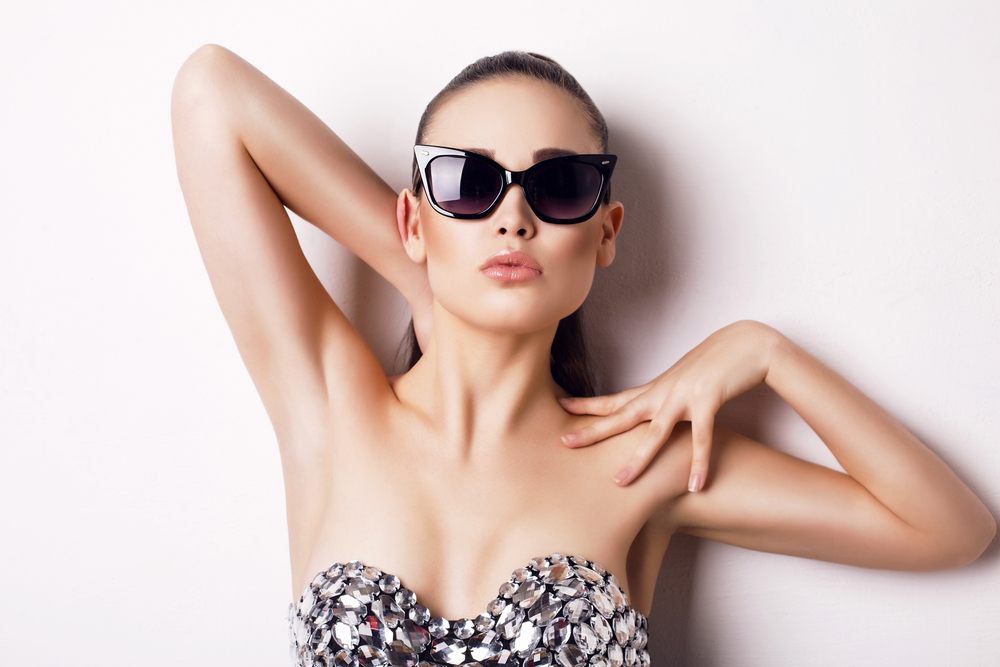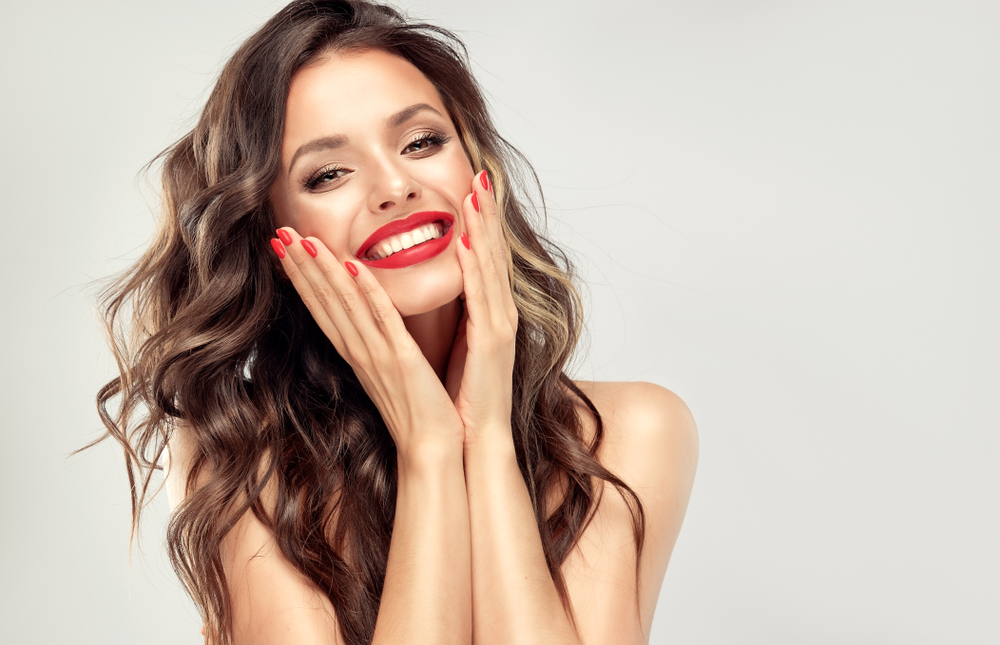
The Art of Posing: Unleashing the Power of Modeling in Captivating Photoshoots

Introduction
In the world of fashion and photography, modeling plays an essential role in bringing life to a photoshoot. It is not just about looking good in front of the camera; it is an art that requires skill, creativity, and dedication. A model's ability to pose can make or break a photoshoot, transforming a simple snapshot into a captivating image. In this article, we will delve into the art of posing, exploring different techniques and tips to unleash the power of modelling (or modeling) in photoshoots.
1. Understanding the Importance of Posing
Posing is much more than striking a pose arbitrarily; it is a way to create a visual story and convey emotions through body language. A well-posed model can evoke feelings and capture attention, engaging viewers with the photograph. Good posing enhances the subject's attributes, highlights the fashion or product being showcased, and brings a sense of elegance, confidence, or drama to the image.
2. Mastering the Basics of Posing
To pose effectively, models must first master some fundamental techniques. It is crucial to maintain good posture, as slouching or hunching can result in unflattering images. Bringing awareness to the body's positioning, including the position of the limbs, is also essential. Models need to have control over their muscles and be able to hold certain poses for an extended period while appearing relaxed and natural.
3. Telling a Story through Posing
Poses have the power to tell a story, and models should strive to express emotions and narratives through their body language. Every photoshoot has its own theme, mood, or concept, and models must align their posing with the intended message. Whether it be a sultry gaze, a playful leap, or a thoughtful glance, the model's ability to emote through posing will greatly enhance the impact of the photograph.
4. Utilizing Props and Environments
Incorporating props and utilizing the environment is a valuable technique to bring life and interest to a photoshoot. Models should be comfortable with interacting with objects and incorporating them into their poses. A well-placed prop or an interesting background can elevate the image and make it more visually appealing. Models need to adapt their posing to suit the elements surrounding them, creating a harmonious composition.
5. Working with Different Perspectives
A skilled model understands how poses can appear differently depending on the camera angle and the photographer's perspective. Models should be versatile and adapt their posing to achieve the desired effect, whether it's elongating the body for a more flattering look or creating more dynamic angles. Certain poses may look stunning from one perspective but lose their impact from another, so models should be aware of how they are being captured and adjust accordingly.
6. Enhancing Collaboration with the Photographer
modeling (by models) is a collaborative process, and a strong partnership between the model and the photographer is crucial. The photographer's vision and guidance, coupled with the model's expertise in posing, can create stunning results. Models should be open to feedback and modelling suggestions, while photographers should provide clear directions and communicate their vision effectively. A harmonious collaboration will result in a seamless fusion of posing and photography.
Frequently Asked Questions:
Q1. How can I improve my posing skills as a model?A1. Practice is key to improving your posing skills. Study poses from magazines, books, or online resources, and practice in front of a mirror or with a photographer. Taking posing classes or collaborating with experienced photographers can also provide valuable feedback and guidance.
Q2. What if I feel awkward or uncomfortable in front of the camera?
A2. Feeling nervous or self-conscious is normal, especially when starting out as a model. Building confidence takes time and practice. Focus on your strengths and unique qualities, and remind yourself that even experienced models had to start somewhere. Relaxation techniques and positive self-talk can also help ease nerves during a photoshoot.
Q3. How can I ensure that my poses look natural and not forced?
A3. Authenticity is crucial in posing. To make your poses look natural, try to relax and not overthink. Focus on expressing emotions genuinely rather than trying to replicate a specific pose. Practicing in front of a mirror or with a photographer will help you find your own unique, natural poses.
Q4. Are there any specific poses that work well for different body types?
A4. Every body type is unique and beautiful, and there are no one-size-fits-all poses. Embrace your body's individuality and experiment with different poses to find what works best for you. modeling (or modelling) Highlighting your strengths and creating flattering angles through posing can enhance any body type.
Q5. How important is facial expression in posing?
A5. Facial expressions are just as vital as body language in conveying emotions and capturing the viewer's attention. Practice different expressions in front of a mirror and experiment with various emotions that align with the theme or concept of the photoshoot. Remember to connect with the camera and let your eyes tell the story.
Conclusion
The art of posing is a powerful tool that can transform an ordinary photoshoot into a captivating masterpiece. Models who understand the importance of posing and possess the skills to express themselves through body language and facial expressions can create stunning and engaging images. By mastering the basics, telling stories through posing, utilizing props and environments, adapting to different perspectives, and collaborating effectively with photographers, models can truly unleash the power of modeling in captivating photoshoots.
Other useful resources
- https://en.wikipedia.org/wiki/Category:Modeling_(profession)
- https://en.wikipedia.org/wiki/Modeling_agency
- https://www.planetmodelphoto.com/models/modeling/usa/charlotte/nc-north-carolina